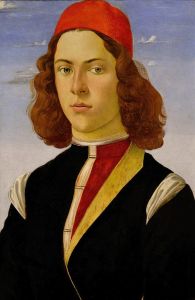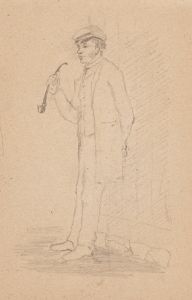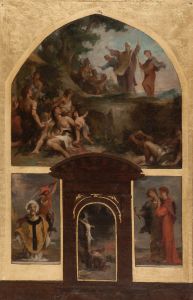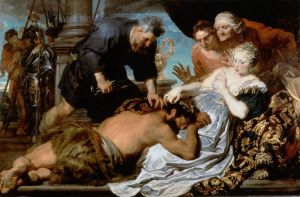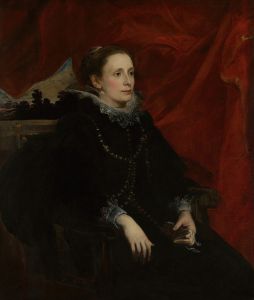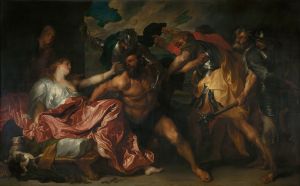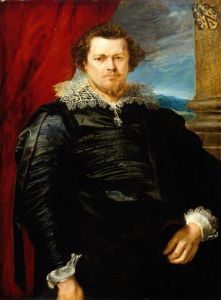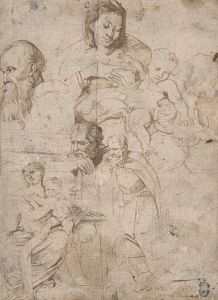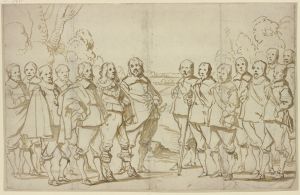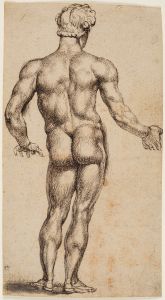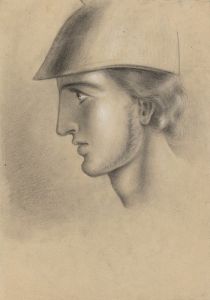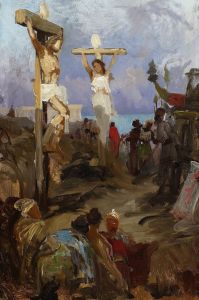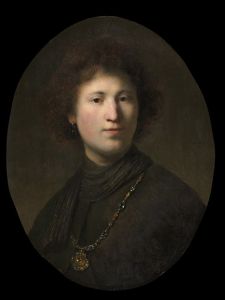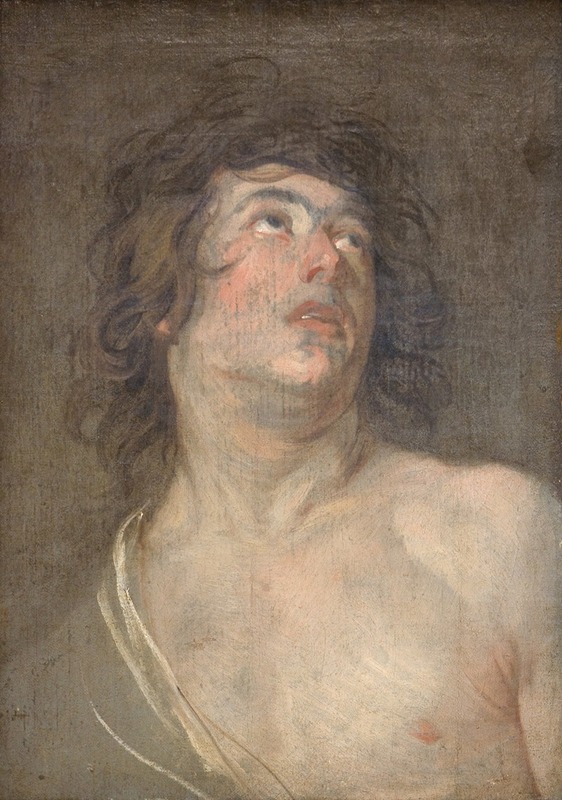
Study Head of a Young Man Looking Upwards. St Sebastian
A hand-painted replica of Anthony van Dyck’s masterpiece Study Head of a Young Man Looking Upwards. St Sebastian, meticulously crafted by professional artists to capture the true essence of the original. Each piece is created with museum-quality canvas and rare mineral pigments, carefully painted by experienced artists with delicate brushstrokes and rich, layered colors to perfectly recreate the texture of the original artwork. Unlike machine-printed reproductions, this hand-painted version brings the painting to life, infused with the artist’s emotions and skill in every stroke. Whether for personal collection or home decoration, it instantly elevates the artistic atmosphere of any space.
Anthony van Dyck's "Study Head of a Young Man Looking Upwards. St Sebastian" is a notable work by the renowned Flemish Baroque artist, who was a prominent figure in the 17th-century art scene. Van Dyck, born in 1599 in Antwerp, was a highly influential painter known for his portraits and religious works. He was a leading court painter in England and a student of Peter Paul Rubens, another giant of the Baroque period.
The painting in question, "Study Head of a Young Man Looking Upwards. St Sebastian," is a study piece, which means it was likely created as a preparatory work for a larger composition or as an exploration of a particular subject or technique. The subject of the painting, St. Sebastian, is a Christian martyr who is often depicted in art as a young man tied to a post or tree and shot with arrows. This imagery is rooted in the story of his martyrdom, where he was persecuted for his Christian faith during the Roman Empire.
In this study, van Dyck captures the essence of St. Sebastian through the depiction of a young man's head looking upwards. The upward gaze is a common motif in religious art, symbolizing spiritual transcendence, divine inspiration, or a connection with the heavens. Van Dyck's mastery in rendering human expression is evident in the subtle details of the young man's face, which convey a sense of serenity and devotion.
Van Dyck's technique in this study reflects his skillful use of chiaroscuro, a method that employs strong contrasts between light and dark to achieve a sense of volume and three-dimensionality. This technique was widely used during the Baroque period to enhance the emotional impact of a painting. In this work, the play of light across the young man's face highlights his features and draws attention to his contemplative expression.
The painting is executed with a delicate touch, showcasing van Dyck's ability to convey texture and form with minimal brushwork. This approach allows the viewer to focus on the emotional and spiritual aspects of the subject rather than being distracted by extraneous details. The study format suggests that van Dyck was experimenting with composition and expression, possibly for a larger work that may have included a full depiction of St. Sebastian's martyrdom.
While the exact date of creation for this study is not definitively known, it is consistent with van Dyck's style during his mature period, when he was deeply engaged in exploring religious themes and portraiture. Van Dyck's influence extended beyond his lifetime, impacting artists across Europe and contributing to the development of Baroque art.
Today, "Study Head of a Young Man Looking Upwards. St Sebastian" is appreciated not only for its artistic merit but also as a testament to van Dyck's enduring legacy as a master of portraiture and religious imagery. The work remains a valuable piece for understanding the artist's process and the broader context of Baroque art.





